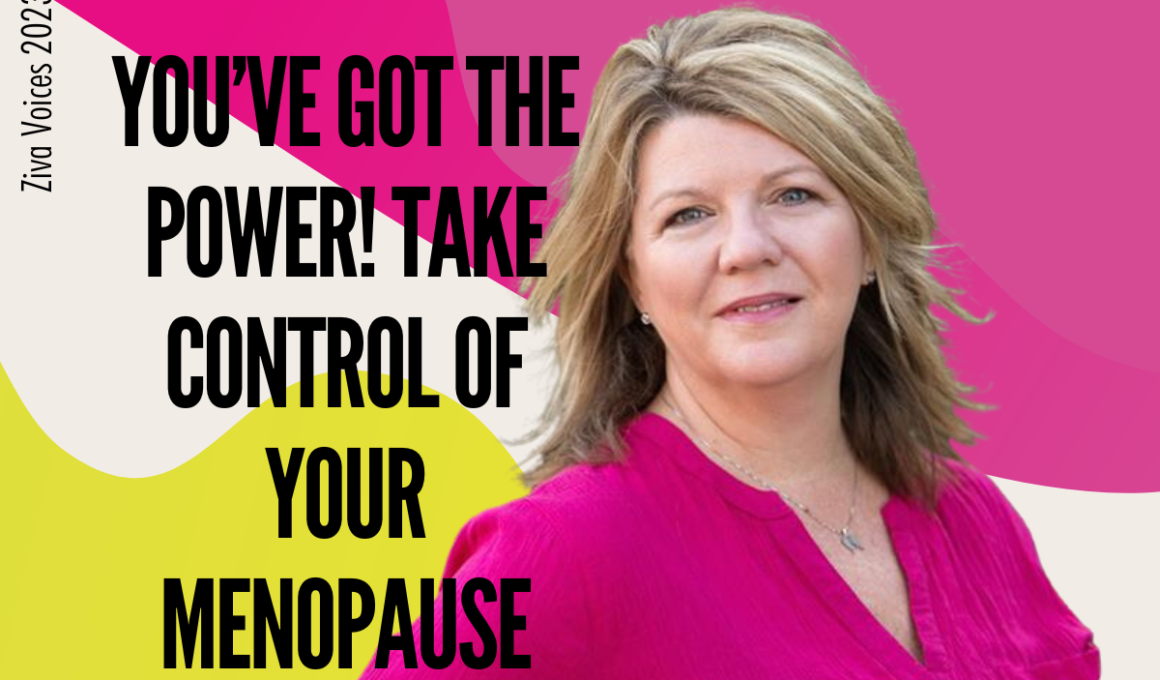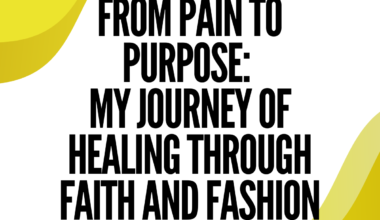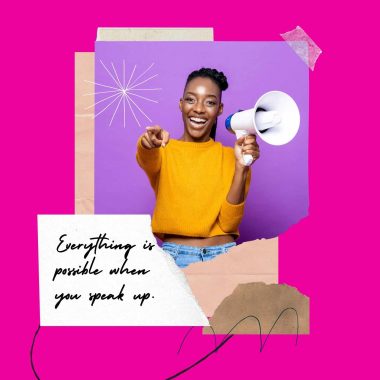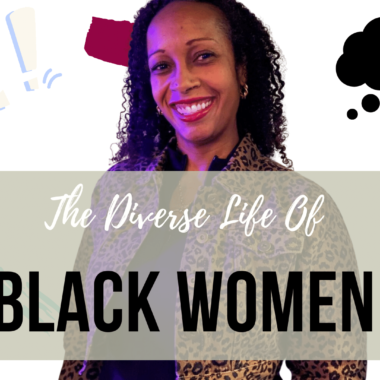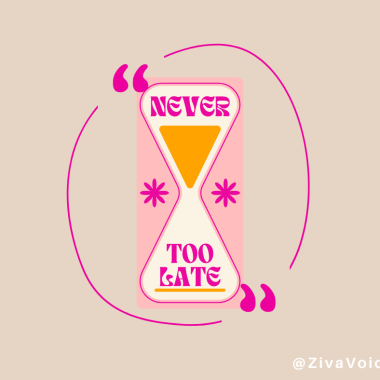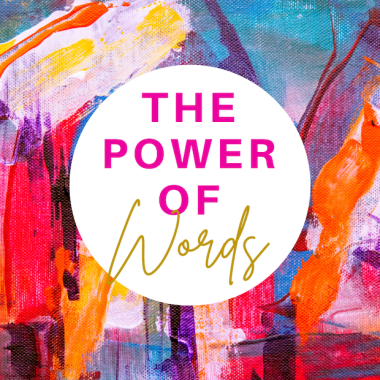By: Lisa King
Table of Contents
It was a beautiful June morning when I woke up on a restaurant floor, EMTs hovering over me. I had apparently passed out during breakfast with my daughter. I had been having what I thought was an “extremely heavy period” for six weeks. I didn’t call my doctor because, frankly, I thought this was just what menopause was, and that I just had to deal with it. A trip to the emergency room, one blood transfusion, and a prescribed daily dose of hormones later, I contemplated: How did I go from a confident, curious, and tenacious woman to feeling powerless, confused, and ashamed without any warning?
This was the day that I started taking control of my menopause transition. It was the day that my mission became clear: I knew I had to start a dialogue with other women about the emotional and physical pain of menopause, and how to thrive on the journey.
What is the Menopause & the Menopause Transition?
Menopause in its simplest definition means the end of the monthly menstruation cycle.
Medical professionals say that menopause is official “twelve months since your last period.” Forbes reported in 2019 that by 2025, over 1 BILLION women in the world will be experiencing menopause. That’s approximately 12% of the world population, and yet it can sometimes feel like you are the only person going through it!
So, technically it’s simple. “One year from your last period” is a snapshot in time – you don’t even know you’ve had your last period except in retrospect. However, there are many things leading up to and after that day. Symptoms may arrive as early as seven to ten years (!) before Menopause and linger well after, so I prefer using the phrase the Menopause Transition to encompass the entire journey from perimenopause to post-menopause. It’s an interesting, unpredictable, sometimes scary journey that is unique to each person, and one that impacts the entire body.
It Begins with Perimenopause.
Around age 35, the ovaries begin to decrease and shift the production of the hormones estrogen, progesterone, and testosterone to the adrenal glands, paving the way for the natural transition that the majority of people with ovaries experience. This is Perimenopause. Hot flashes, night sweats, brain fog, and irregular, possibly heavy, periods are just a few of the more talked about symptoms as the journey begins.
But there are numerous other symptoms associated with perimenopause.
Often overlooked and less talked about is pain. That includes muscle and joint pain, breast pain, and even painful intercourse. WebMD (www.webmd.com) reports that women in midlife are twice as likely to experience chronic pain such as migraines, fibromyalgia, and back pain during this time (Shaw, 2019). There is also emotional pain from feelings of isolation, panic attacks, anxiety, depression, and the stigma of aging.
Wolff, 2018
But it’s not all bad news! The great news is that most of the symptoms, including pain, can be curtailed or even eliminated.
What’s AFTER Menopause?
Post-menopause is the stage that exists after the cessation of your menstrual cycle. In short, it encompasses the rest of your life after the Menopause Transition. At this stage, the ovaries have stopped producing hormones. Hormonal fluctuations have leveled out, and symptoms have begun to dissipate, though they may not disappear completely.
(A hot flash and night sweats still pay me a friendly visit occasionally!)
Additionally wrinkles, lax muscles, weight gain, and hair loss may become more prevalent. Because of societal norms around aging, these changes often bring the emotional pain of shame and loss of confidence. Chronic joint pain may increase due to the reduction of estrogen and may be exacerbated due to other menopause symptoms like weight gain and lack of sleep. Migraines or fibromyalgia may continue and more serious health issues such as osteoporosis, heart disease, and Alzheimer’s become a concern. Again, the good news remains: many of these can become mitigated with lifestyle changes. So, what can you do?
3 Things You Can Do to Feel Empowered During the Menopause Transition
1. Educate yourself.
One of the best ways to take control of your menopause and feel more confident advocating for yourself is to arm yourself with knowledge. The North American Menopause Society is a great place to start. They have a video series and downloadable resources on the website. You will also find a list of doctors there who have training in working with women during the menopause transition.
Also, be prepared and make a plan when you visit your doctor. Before your visit, make a list of all the things that are bothering you and identify the top two concerns on the list. Dr. Jen Gunter, in an interview with Glennon Doyle on her podcast, “We Can Do Hard Things” suggests working down the list with your doctor and also asking what else could be driving your symptoms. She also recommends asking for age-appropriate health screenings to rule out other things. If your doctor isn’t open to this, find a new doctor. I ditched mine, and it was one of the best decisions I ever made. It’s important that you are comfortable and feel supported and heard.
2. Move your body.
Movement is medicine and one of the best forms of self-care during menopause. In her book, “The Joy of Movement,” Kelly McGonical, PhD, outlines how even short bursts of moderate exercise have been shown to be effective in reducing pain and increasing joy, by releasing a “cocktail of dopamine, endorphins and endocannabinoids into the bloodstream.”
Resistance and strength training just twenty minutes three times a week prevent osteoporosis and sarcopenia and may increase confidence.
The Mayo Clinic suggests yoga is a great tool for quieting the mind, easing anxiety, and reducing pain by strengthening and stretching the body.
However, as we age, barriers to movement arise. According to a survey of women in the UK in 2021 shared on Menopause Movement, body confidence and judgment are major barriers to going to the gym. Thirty percent have a concern about showing their bodies in a public setting, and 27% fear judgment by other women.
So let’s expand the definition of movement beyond the gym. Find movement you love; dancing in your living room, walking in the park, paddle boarding, or working out in the pool. Start where you are!
3. Eat Mindfully & Nourish Yourself
Start by noticing how you feel after eating certain foods. Do you have joint pain or belly pain? Headache or heartburn? Eating mindfully is a great place to start. Begin with small changes, like replacing processed foods with whole, fresh foods and substituting fresh fruit for sugary snacks. Extra protein and healthy fats at each meal will help maintain muscle and bone mass and support brain health. Add in foods high in antioxidants, like berries and leafy greens. Carbs are not your enemy. They are necessary to prevent brain fog and keep you energized.
Consider adding supplements to your diet, but always consult with your doctor first. Does your brain kick on at night? Try taking Magnesium to help relax your muscles and quiet your mind. If joint pain is an issue, try adding Omega-3S and Turmeric. They have been reported to reduce inflammation and lubricate your joints. Vitamin D also helps reduce chronic pain.
Ladies, you CAN thrive during your menopause transition. First, become knowledgeable about this natural change. Next, find your support team; a menopause doula, a doctor you trust and a close group of friends. Finally, make a few lifestyle tweaks, and I know you will emerge on the other side, strong and bold. Remember, you’ve got the power!
References:
(n.d.). North American Menopause Society (NAMS) – Focused on Providing Physicians, Practitioners & Women Menopause Information, Help & Treatment Insights. Retrieved June 27, 2022, from https://www.menopause.org/
How can sports facilities remove the barriers for women to exercise? (n.d.). Menopause Movement. Retrieved June 28, 2022, from https://www.menopausemovement.co/blog/how-can-sports-facilities-remove-the-barriers-for-women-to-exercise
We Can Do Hard Things, Episode 90, “Menopause, What We Deserve to Know,” Glennon Doyle, aired April 21,2022.
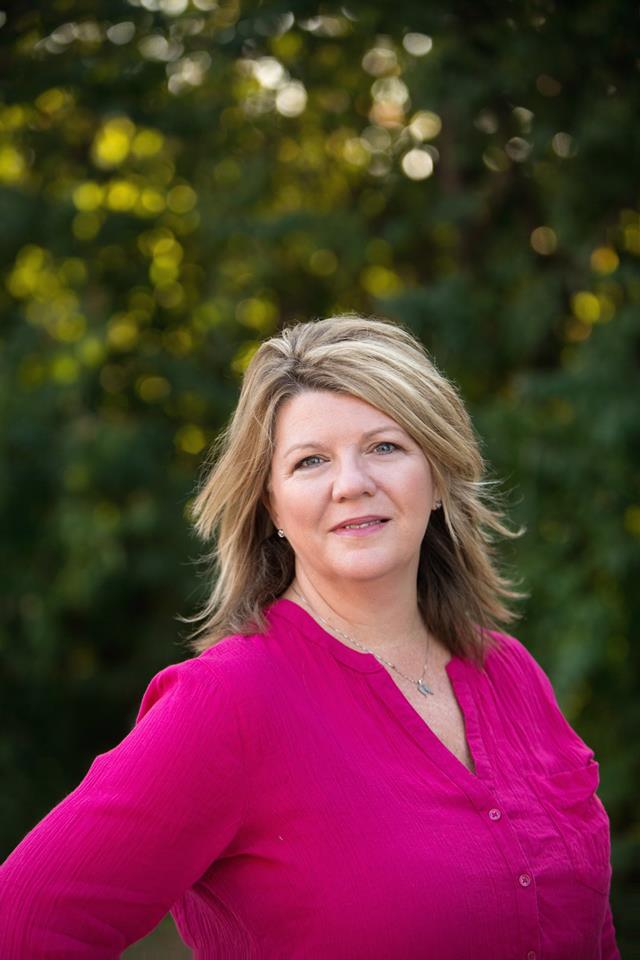
Lisa King is a Yoga teacher, certified Menopause Doula and loves being a midlife mama. She began practicing yoga in her mid forties and found that it helped her navigate the stuff that midlife brings with it; anxiety, mood swings, changing body shape, sleeplessness and even empty nesting. Her expertise lies in Yoga for Beginners, Yoga for Menopause and Women’s Health. Lisa’s goal is to help women thrive and move with confidence in the second season of life, through education, community, collaboration, yoga and mindfulness practices.
